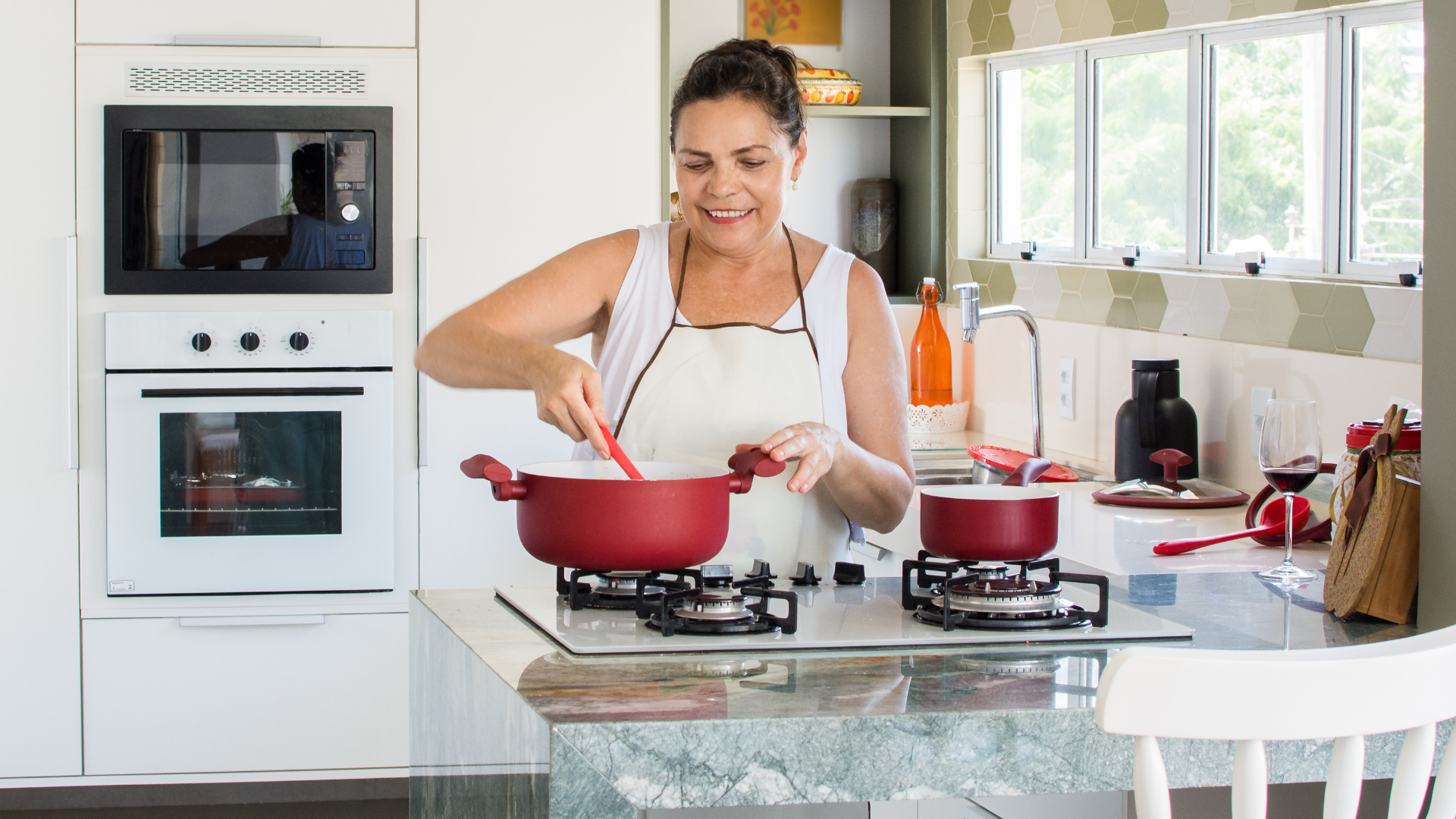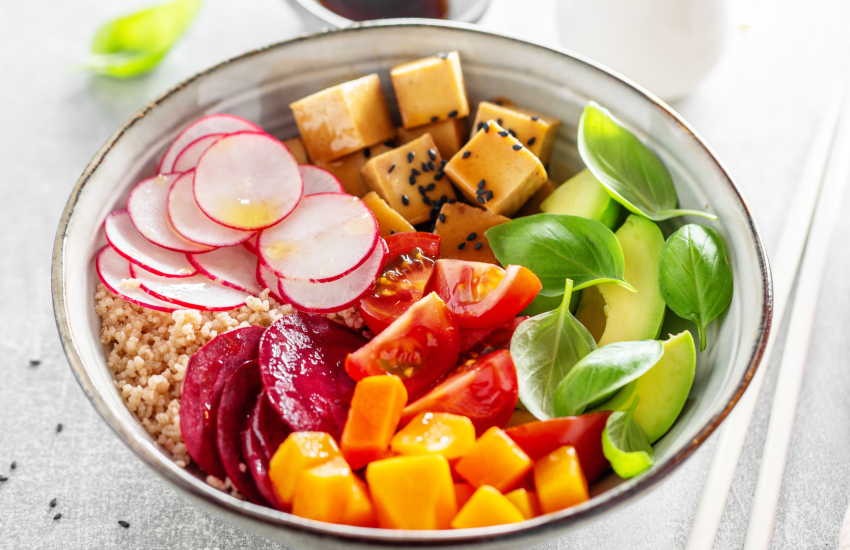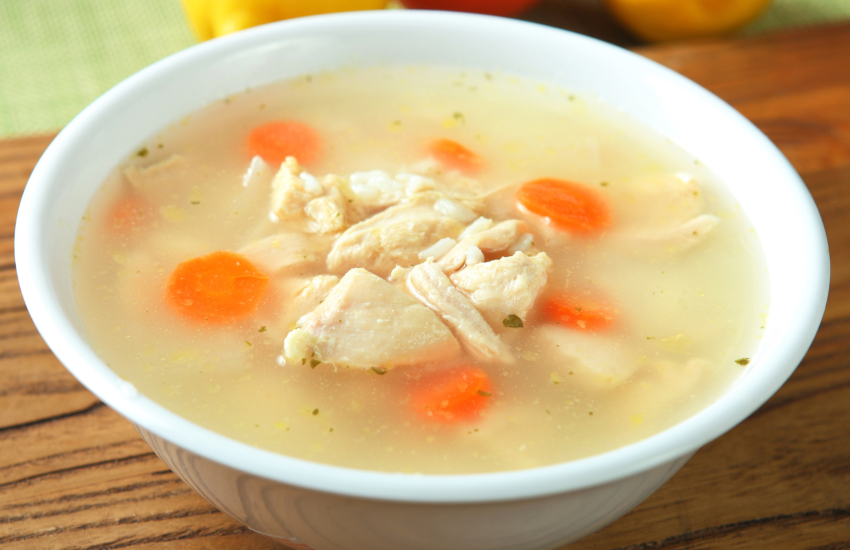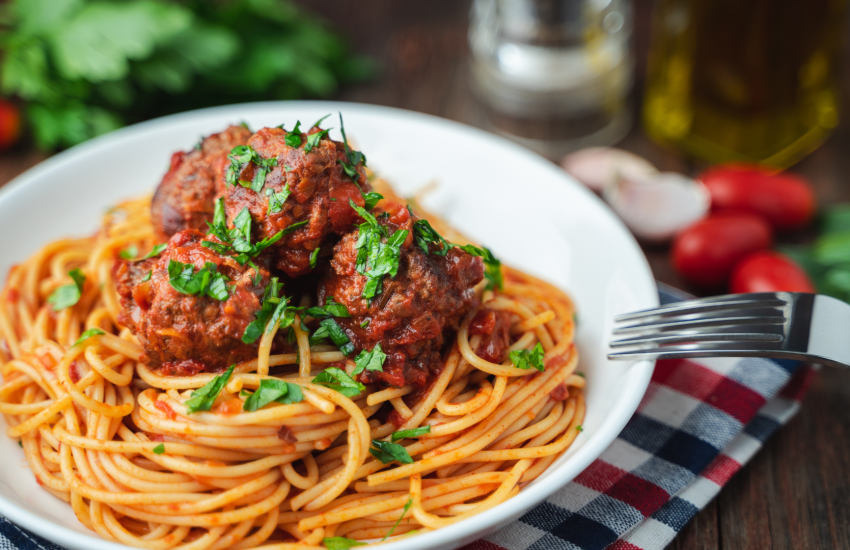Master the Basics: A Beginner’s Guide to Cooking Techniques
Are you tired of ordering takeout every night but feeling intimidated by the idea of cooking? Or you want to expand your culinary skills beyond microwaving frozen dinners. Fear not, because this beginner’s guide to cooking techniques will teach you everything you need to know about mastering the basics in the kitchen.
From sautéing and roasting to blanching and poaching, we’ll break down each technique step-by-step so that even a novice cook can confidently create delicious meals. So put on your apron, grab your utensils, and get started!
What is Cooking?
Cooking is all about creating delicious meals for yourself and your loved ones. Whether you’re a beginner or an experienced cook, there are many cooking techniques to learn. In this beginner’s guide, we’ll introduce you to the basics of cooking techniques and help you master the basics so that you can create delicious meals in no time.
Choosing the Right Tool for the Job:
The choice of tools and equipment for cooking is highly dependent on the specific cooking method being employed. For instance, when it comes to outdoor cooking on a propane grill, several key items are essential. A quality grill is the centerpiece. This is complemented by propane fuel, available at Dutch Oil & Propane, to power it. Grill tongs and a spatula are crucial for turning and flipping food, while a grill brush helps maintain cleanliness. A meat thermometer ensures precise cooking temperatures and a grill cover safeguards your equipment when not in use.
Conversely, frying requires an entirely different set of tools and equipment. If you’re opting for oven-based frying, you’ll need an oven-safe pan to contain your breaded or battered items. A basting brush may come in handy for applying oils or sauces. It’s important to note that each cooking method, has its unique requirements, and having the right tools ensures that you can execute your culinary endeavors with precision and efficiency, yielding delicious results tailored to the chosen technique.
The Basics of Cooking Techniques:
Once you have your tools and ingredients handy, it’s time to learn the basics of cooking techniques! There are three main cooking types: stovetop, oven, and microwave cooking. Each has its instructions that must be followed to produce an accurate result. Here are a few basic tips for each type of cooking:
- Stovetop Cooking: For stovetop cooking methods, you must heat up your pan or pot on the stovetop before adding your ingredients. Once the pan or pot is hot, you can add your ingredients and stir them around to cook them evenly.
- Oven Cooking: You must first preheat your oven to its desired temperature for oven cooking methods. After preheating the oven, you can add your ingredients and bake them according to the recipe instructions.
- Microwave Cooking: First, prepare your ingredients by mixing them or chopping them into small pieces for microwave cooking methods. Then, you can place them in a microwave-safe bowl and microwave them on high for a set amount of time, depending on the recipe.
Plan your kitchen
Having the right knowledge and ingredients can make all the difference in cooking. But before you start cooking, creating an effective kitchen requires thorough planning and organization. Begin by choosing a space that balances size and functionality, accommodating essential cooking equipment without overcrowding. Adequate lighting is crucial for a functional kitchen, providing clarity and visibility during meal preparation. Incorporating essential appliances, such as a carefully selected range hood, is key for proper ventilation and maintaining a clean and enjoyable cooking environment. However, a question that may intrigue is: what size hood do I need? In this regard, researching online or consulting with a professional can answer your question and determine the specific size of the range hood needed for your kitchen.
Basic Knowledge and Ingredients
In this beginner’s guide, we’ll share some cooking basics.
First and foremost, you may need to know about the usage of a kitchen knife. A chef’s knife is ideal for most tasks, but a regular kitchen knife will do in a pinch. You’ll also need to learn about pots and pans, both large and small. A pot that can simmer is excellent for cooking soups or stews; a pan with a nonstick coating is perfect for frying eggs or cooking vegetables. Finally, you’ll need to be familiar with utensils such as measuring cups and spoons, bowls, plates, tongs, and spatulas.
When entering the world of cooking, mastering the basics is akin to laying a solid foundation for culinary creativity. For beginners, embracing new recipes becomes an important step in the learning journey. Trying out a new recipe introduces novices to diverse flavors and also serves as a practical lesson in fundamental cooking techniques. Whether it’s perfecting the art of sautéing, mastering the delicate balance of flavors in a sauce, or honing knife skills to precision, each recipe is a culinary classroom. One might find themselves engrossed in the aromatic world of spices, experimenting with the art of searing, or discovering the transformative magic of a well-timed simmer. The experience is both educational and rewarding. So, for those eager to embark on their culinary adventure, perhaps a flavorful chicken cobbler recipe could be the perfect starting point-an enticing blend of technique and taste that encapsulates the essence of mastering the basics.
How to Prepare a Meal
Cooking is one of the most fundamental skills you can learn in life. In this guide, we’ll show you how to prepare basic meals using three cooking techniques: boiling, roasting, and simmering.
- Boiling water is a great way to prepare simple meals like pasta or rice. Just add your food and stir occasionally. You can also use it for cooking vegetables or meats.
- Roasting is another common cooking technique used for meat and vegetables. It involves preheating ovens to a specific temperature and putting your food inside. You can roast meats, poultry, fish, vegetables, or fruits.
- Simmering is a gentle method to cook seafood or other delicate foods without losing flavour or texture. Simply place your food in a pot with simmering water and cook until tender.
Now that you know how to prepare basic meals, it’s time to try different recipes! The best way to do this is by following recipes found on blogs like That Was Fresh or in cookbooks. However, it’s advisable for beginners in cooking to thoroughly review the recipe before beginning the cooking process.
Tips for Making Perfect Meals Every Time
There’s no need to be a master chef to make delicious meals – with a few basic cooking techniques; you can create unique dishes every time. Here are five tips for making perfect meals every time:
- Start with fresh ingredients: Not only will using fresh ingredients make your meals taste better, but they’ll also be more nutritious. Try to buy seasonal produce when it’s in season – this will help you avoid food waste and get the most out of your vegetables and fruits.
- Use whole grains: Whole grains provide fibre, vitamins, and minerals essential for good health. Including them in your diet can help reduce the risk of heart disease and other chronic illnesses. Try incorporating whole grains into your meals by baking bread or pasta with them or cooking them into a dish yourself.
- Use healthy fats: Healthy fats such as monounsaturated and polyunsaturated fats are essential for keeping your body healthy and reducing the risk of heart disease, stroke, cancer, and other chronic illnesses. They’re also crucial for providing energy during workouts or periods of rest. Try adding healthy fats to your meals by cooking with avocado or olive oil, using nuts and seeds in recipes, or choosing fatty fish options like salmon or tuna over white meat poultry.
- Ensure your food is cooked thoroughly: Undercooked food is one of the leading causes of food poisoning, so ensure all of your dishes are cooked to the appropriate temperature. Keep an eye on your food while it’s cooking – if it seems to be taking a long time, give it a little more time in the oven or stovetop.
- Serve your meals with plenty of fresh vegetables and fruit: Remember to serve your meals with plenty of fresh vegetables and fruit. This will help balance your meal and provide tons of vitamins, minerals, and antioxidants.




